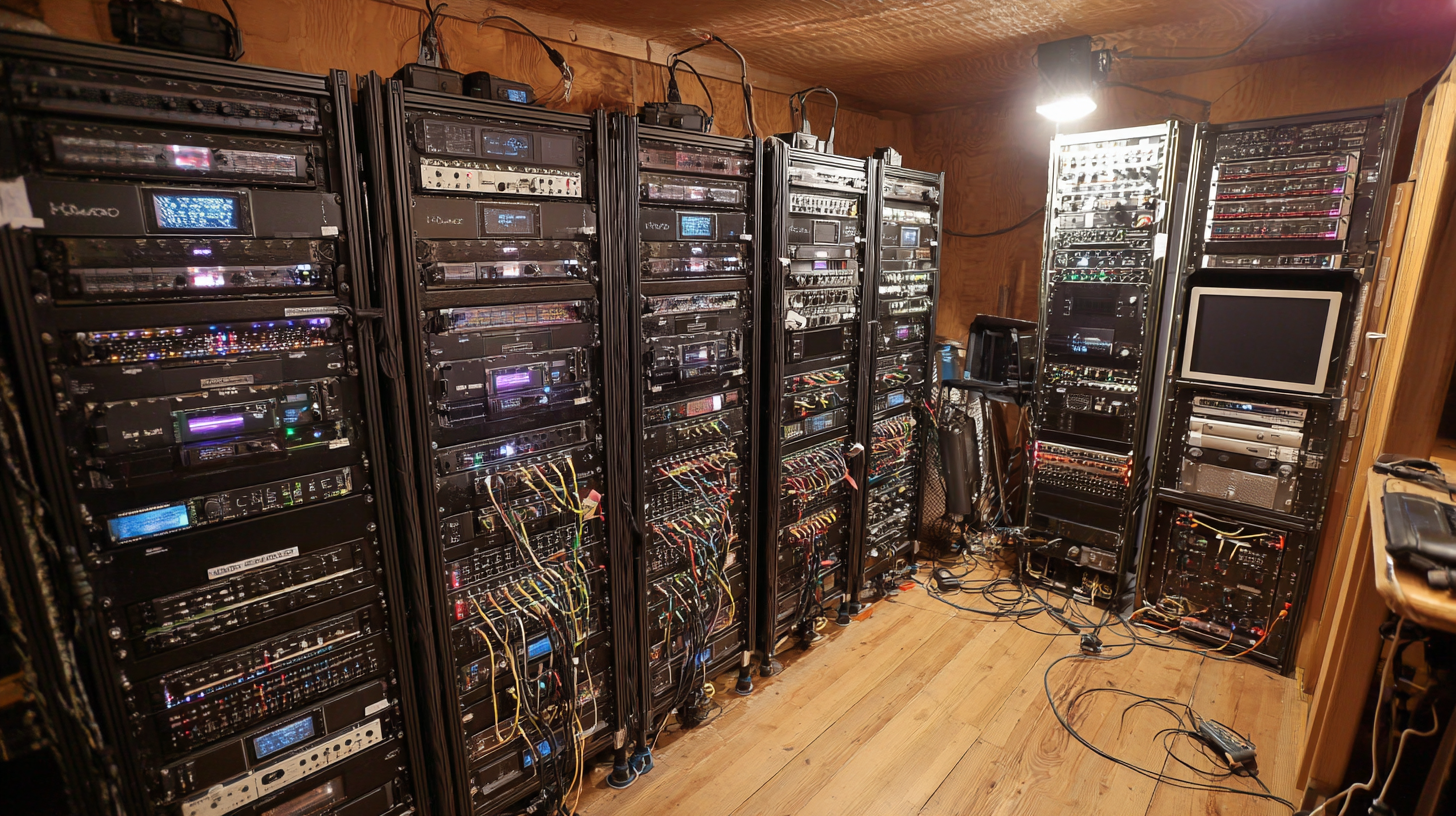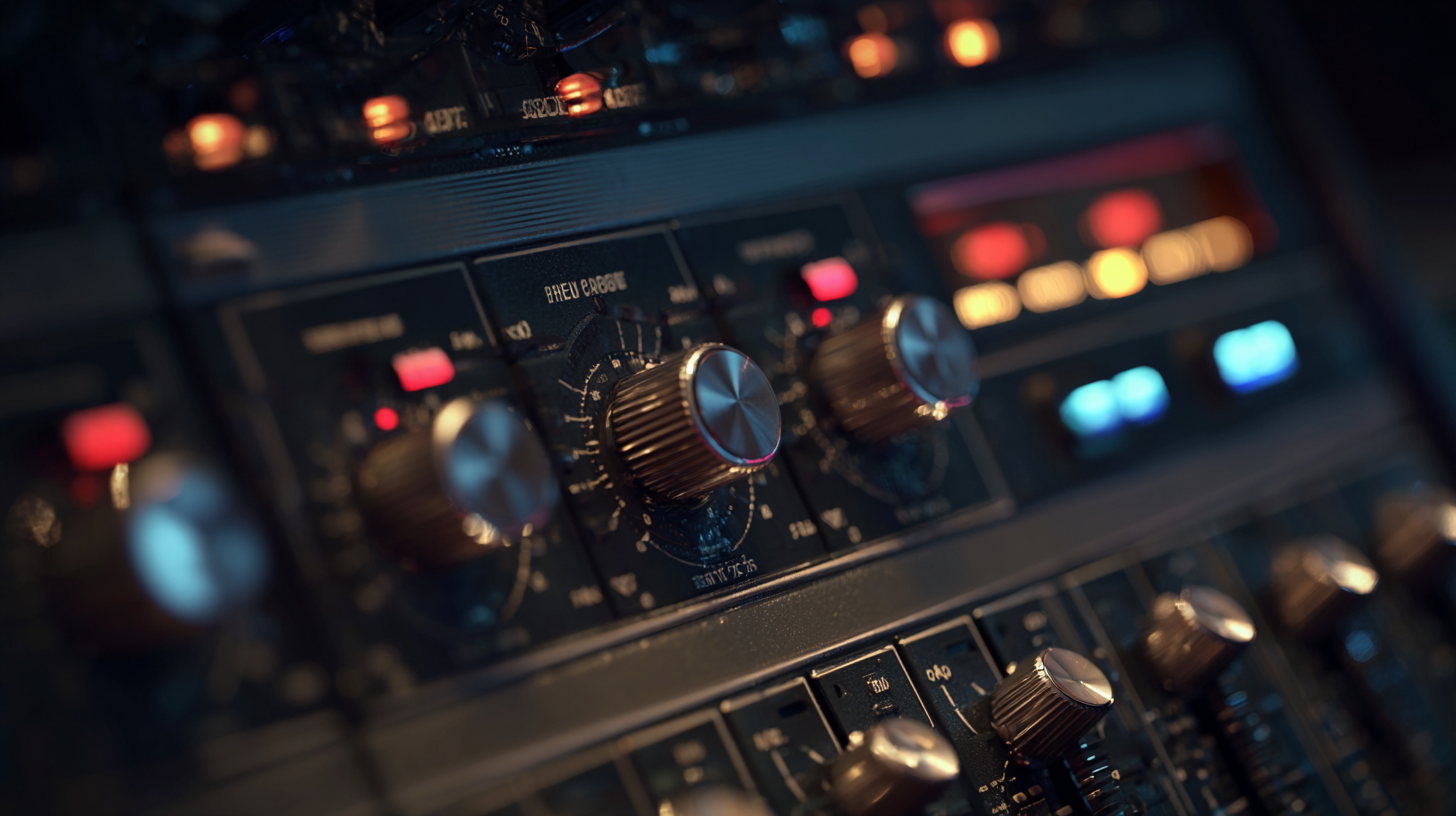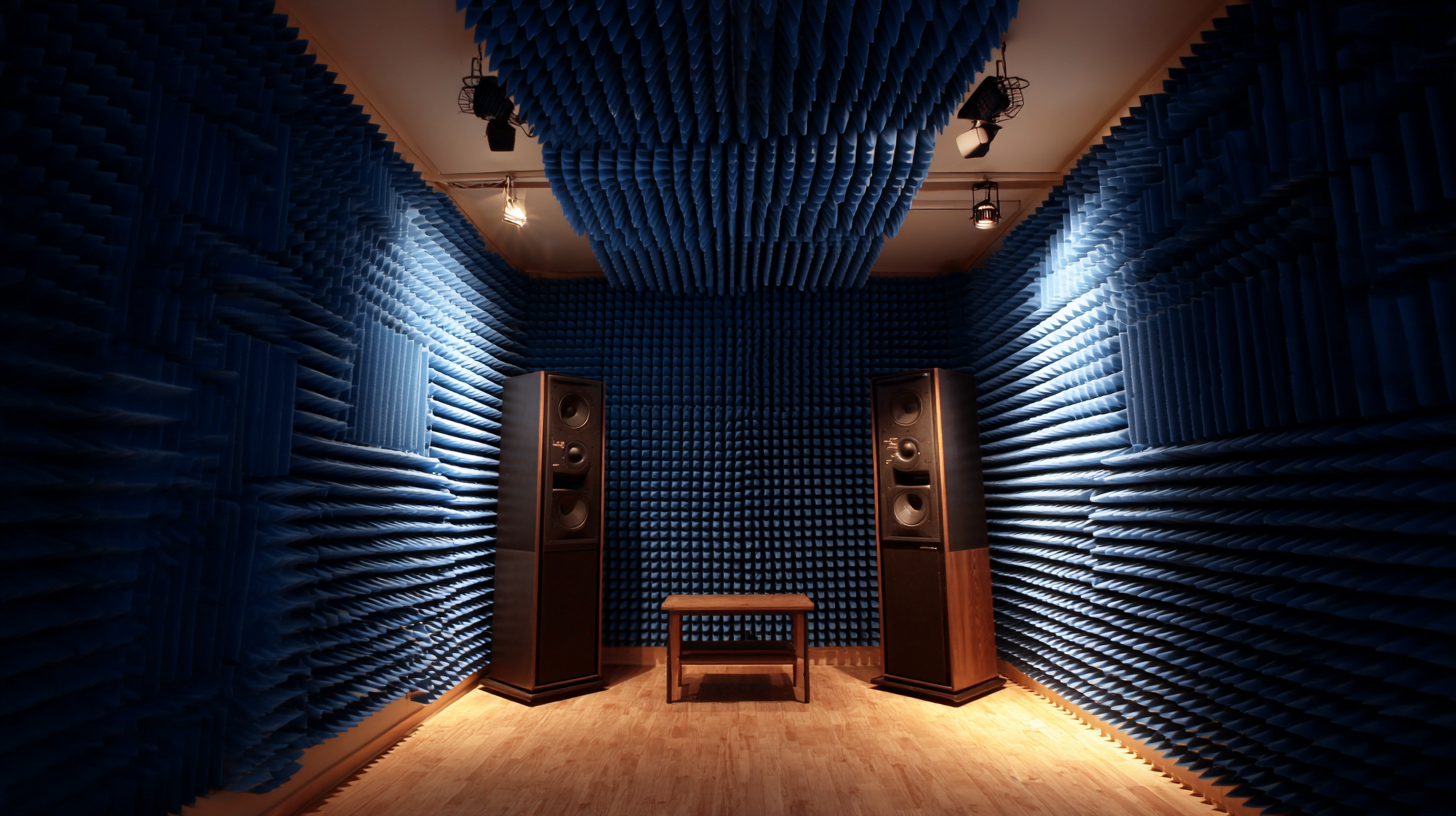Leave Your Message
-
Phone
-
E-mail
-
Whatsapp
 In modern audio systems, the use of Low Frequency Filters (LFFs) has become increasingly essential to optimize sound quality and meet the demands of discerning listeners. According to a report from the International Telecommunications Union, approximately 75% of audio engineers now prioritize the use of LFFs to manage distortions in low-frequency ranges and enhance overall audio clarity. With the rapid advancements in technology, LFFs are not just relegated to professional audio setups; they have also become critical in consumer sound systems, ensuring that even home users experience richer and more immersive soundscapes. By attenuating undesired low-frequency noise and allowing for more precise control of bass frequencies, LFFs play a pivotal role in delivering a balanced audio experience, which is why understanding their implementation in audio designs is crucial for both professionals and enthusiasts.
In modern audio systems, the use of Low Frequency Filters (LFFs) has become increasingly essential to optimize sound quality and meet the demands of discerning listeners. According to a report from the International Telecommunications Union, approximately 75% of audio engineers now prioritize the use of LFFs to manage distortions in low-frequency ranges and enhance overall audio clarity. With the rapid advancements in technology, LFFs are not just relegated to professional audio setups; they have also become critical in consumer sound systems, ensuring that even home users experience richer and more immersive soundscapes. By attenuating undesired low-frequency noise and allowing for more precise control of bass frequencies, LFFs play a pivotal role in delivering a balanced audio experience, which is why understanding their implementation in audio designs is crucial for both professionals and enthusiasts.
 Low frequency filters (LFFs) play a crucial role in modern audio systems by managing the low-frequency content of audio signals. These filters effectively isolate bass frequencies, ensuring that the overall sound output remains balanced and clear. By selectively reducing or eliminating unwanted low frequencies, LFFs prevent distortion and muddiness in the audio, which can be particularly problematic in larger sound systems where bass can overwhelm other frequencies. This clarity enhances the listening experience, making it more enjoyable and immersive.
Low frequency filters (LFFs) play a crucial role in modern audio systems by managing the low-frequency content of audio signals. These filters effectively isolate bass frequencies, ensuring that the overall sound output remains balanced and clear. By selectively reducing or eliminating unwanted low frequencies, LFFs prevent distortion and muddiness in the audio, which can be particularly problematic in larger sound systems where bass can overwhelm other frequencies. This clarity enhances the listening experience, making it more enjoyable and immersive.
Furthermore, low frequency filters contribute to improving the efficiency of audio equipment. In subwoofers, for example, LFFs allow the system to focus on reproducing deep bass sounds without unnecessary strain on the driver. This not only extends the life of the speaker but also enhances its performance, creating a cleaner sound with less power consumption. By understanding and implementing low frequency filters, audio engineers can ensure that modern audio systems deliver high-quality sound reproduction while optimizing their performance and longevity.
Low frequency filters (LFFs) are crucial components in modern audio systems, allowing for the selective control of low-frequency sounds, which enhances overall audio quality. There are several types of low frequency filters, each serving distinct applications. The most common types include high-pass filters, low-pass filters, and band-pass filters.

High-pass filters eliminate frequencies below a specified threshold, making them ideal for subwoofers to prevent distortion from low bass sounds. Conversely, low-pass filters allow low frequencies to pass while attenuating higher frequencies, commonly used in bass management systems to enhance clarity without muddying the mix.
When implementing low frequency filters, it’s essential to understand their placement and configuration within the audio system. Tips for optimizing filter use include ensuring that the cutoff frequency is set according to the specific requirements of your speakers and subwoofers. Additionally, experiment with different filter slopes to find the best sound integration. Properly tuning these filters not only improves audio quality but also protects equipment from damage caused by unexpected frequency ranges.
Moreover, band-pass filters are useful in applications where specific low frequency bands are desired, such as in live sound settings or electronic music production. By honing in on desired ranges, musicians and sound engineers can achieve a balanced mix that resonates well with listeners while maintaining the integrity of the audio.
Low frequency filters play a crucial role in enhancing sound quality in modern audio systems. These filters are designed to eliminate unwanted low-frequency noise that can muddle the overall audio experience. According to a study by the Audio Engineering Society, low frequency sounds below 20 Hz can create distortion and interfere with the clarity of musical elements, leading to a less immersive listening experience. By utilizing low frequency filters, audio systems can effectively manage these problematic sounds, ensuring that the listener enjoys a cleaner and more accurate representation of the audio content.
Moreover, low frequency filters are integral to achieving a balanced sound profile in both consumer and professional audio applications. Research from the National Academy of Recording Arts and Sciences indicates that systems employing such filters can minimize harmonic distortion by up to 60%, thereby allowing for greater dynamic range and depth in sound. This is particularly important in genres like classical and electronic music, where low-end frequencies play a fundamental role in conveying the emotional weight of a track. As modern audio technology evolves, the importance of low frequency filters in creating high-fidelity sound experiences cannot be overstated, making them an essential component for audiophiles and professionals alike.
When setting up an audio system, choosing the right low frequency filter can significantly enhance sound quality and listening experience. Low frequency filters help manage bass response, ensuring that sub-bass sounds are clear without muddying higher frequencies. Depending on your audio setup—be it for home theater, music production, or a simple stereo system—selecting a filter that suits your specific needs is crucial.
**Tips:** Consider the type of audio content you usually listen to; for genres like hip-hop or orchestral music, a filter that emphasizes sub-bass can provide a fuller sound. On the other hand, if you primarily listen to classical or acoustic music, a more balanced filter might be preferable to avoid overpowering the mid and high frequencies.
Additionally, look for adjustable filters, which allow you to fine-tune the cutoff frequency and slope. This customization can make a noticeable difference in how well your system reproduces low frequencies, especially in different acoustic environments. Always test with various settings to find the perfect match for your setup, ensuring that you tailor the audio experience to your particular preferences.
| Filter Type | Cut-off Frequency (Hz) | Application | Typical Use Cases | Effectiveness |
|---|---|---|---|---|
| Passive Low-pass Filter | 80 | General Audio | Home audio systems, studio monitors | High |
| Active Low-pass Filter | 120 | Subwoofer | PA systems, movie theaters | Very High |
| Digital Filters | 50 | Professional Recording | Mixing and mastering | Extremely High |
| Linkwitz-Riley Filter | 80 | Crossover | Multi-way speaker systems | High |
Implementing low frequency filters in modern audio systems is crucial for achieving optimal audio performance. According to a study conducted by the Audio Engineering Society, frequencies below 80 Hz can significantly impact the clarity and overall quality of sound reproduction. Low frequency filters, or high-pass filters, help eliminate unwanted rumble and sub-bass noise that can muddy soundstage, allowing for a cleaner, more precise listening experience. This is particularly important in professional settings such as recording studios or concert venues, where audio fidelity is paramount.
Furthermore, research from the International Journal of Audio Engineering highlights that using low frequency filters can increase the perceived spatial resolution of sound. By attenuating frequencies that are not essential for most audio content, these filters promote better dynamics and enhance the listener's ability to perceive nuanced details in the audio mix. The report also states that systems equipped with well-designed low frequency filters can provide a listening environment that feels more immersive, reflecting the growing need for high-quality audio experiences in both consumer markets and professional applications.
